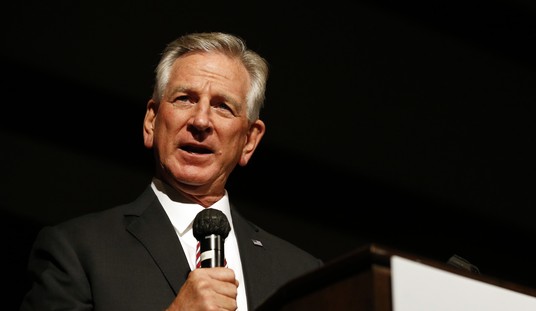Our modern news media thrives on transparency. The freedom and openness of information helps the media do their job. That’s a fact that I can vouch for as a writer.
It stands to reason that media outlets would have the same transparency standards as the entities they cover, wouldn’t it? Print and web outlets generally make their editorial guidelines public. When it comes to broadcast media, that’s another story.
CNN is at the center of a lawsuit involving their ethics and standards. In 2015, the network aired a report investigating the mortality rate of babies at St. Mary’s Medical Center in Florida. The piece eviscerated the pediatric cardiac surgery program at the hospital, which terminated the program shortly afterward.
The doctor in charge of the program, Michael Black, sued the network, four of its employees, and a source a year later. The Washington Post reported:
“By suggesting that Dr. Black treated ‘[b]abies as sacrificial lambs’ and made ‘[a] total mess with newborn babies,’ and by claiming that Dr. Black’s surgical mortality rate was over three times the national average, the CNN Defendants have attributed to Dr. Black conduct unfit for a medical doctor or surgeon as well as conduct rising to the level of criminality,” reads the defamation complaint against CNN.
CNN tried to have the suit thrown out, but the judge refused to dismiss it.
What’s interesting is that CNN only released some of its guidelines, and then only to the attorneys. Even the plaintiff cannot get his eyes on the network’s ethical standards — the guardrails that allowed CNN to destroy his career. In fact, CNN argues that Florida court precedent upholds their right to keep their practices from the public.
Dr. Black’s attorney, Thomas Clare, begs to differ, as the Washington Post points out:
“This goes to the heart of the case. If they do not follow their own standards and practices in preparing this statistical analysis, or other aspects of the story, or their treatment of confidential sources, or working with outsiders like Miss Robinson who held herself out as working with CNN even though she’s not, those sorts of things violate CNN’s practices.” (Robinson, a Florida resident, is named as a defendant in Black’s original complaint, which alleges that she assisted with CNN’s newsgathering activities and otherwise defamed the doctor).
Even if his department was as incompetent as the report alleged (and I certainly don’t know enough to judge), Dr. Black deserved to see what guidelines CNN used in its investigation. So did those parents who entrusted St. Mary’s Medical Center to care for their precious babies.
Just last year, another CNN report rekindled the debate over journalistic standards. After a story stating that the CEO of a Russian investment firm met with the Trump transition team after the 2016 election proved untrue, three journalists resigned. CNN merely said, “There was a significant breakdown in process,” and that “there were editorial checks and balances within the organization that weren’t met.”
CNN isn’t the only broadcast outlet keeping their standards secret. Fox News and the network news divisions do not make their editorial guidelines public.
It may sound too conspiratorial to ask what these outlets are trying to hide. At the same time, I can’t help but wonder what is keeping all these networks from making their standards public. What about these practices is so secretive that the public cannot see and study them?
In this day and age of outrage, it’s not ridiculous to think that the media outlets who rail against “fake news” ought to hold themselves to the highest of standards. And it’s not crazy to think that the public should have easy access to the guidelines to which the media hold themselves.
At the end of the day, CNN, Fox News, and the networks should live by the same standards of transparency that they expect from the subjects they cover.










Join the conversation as a VIP Member